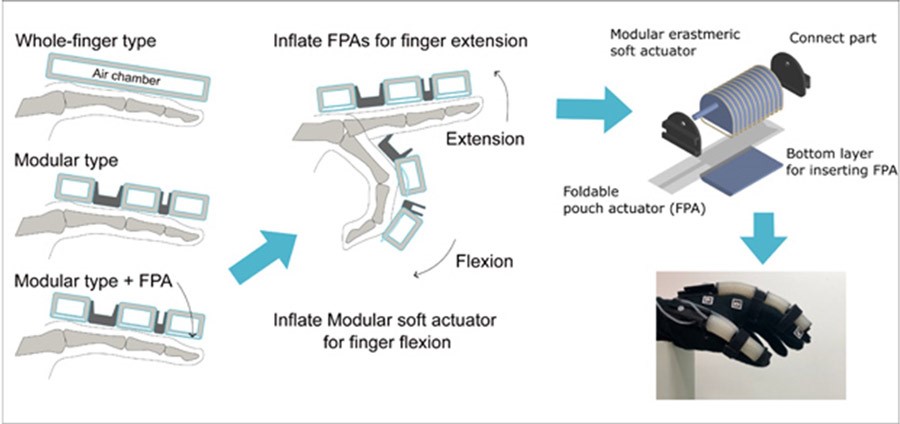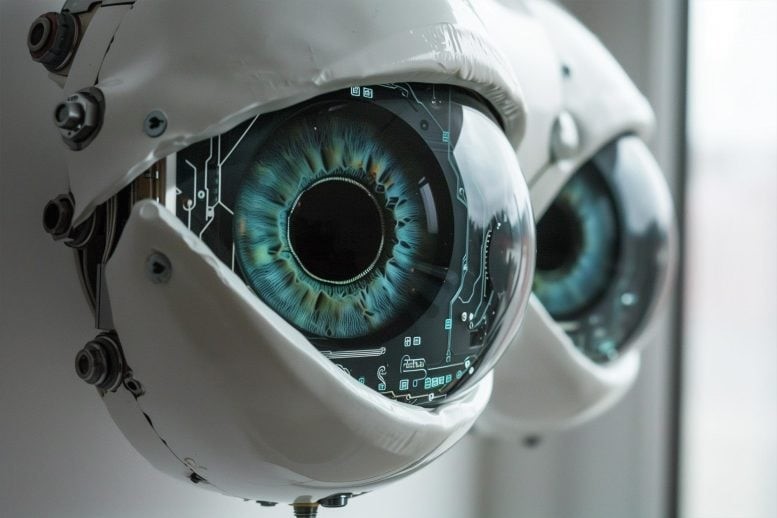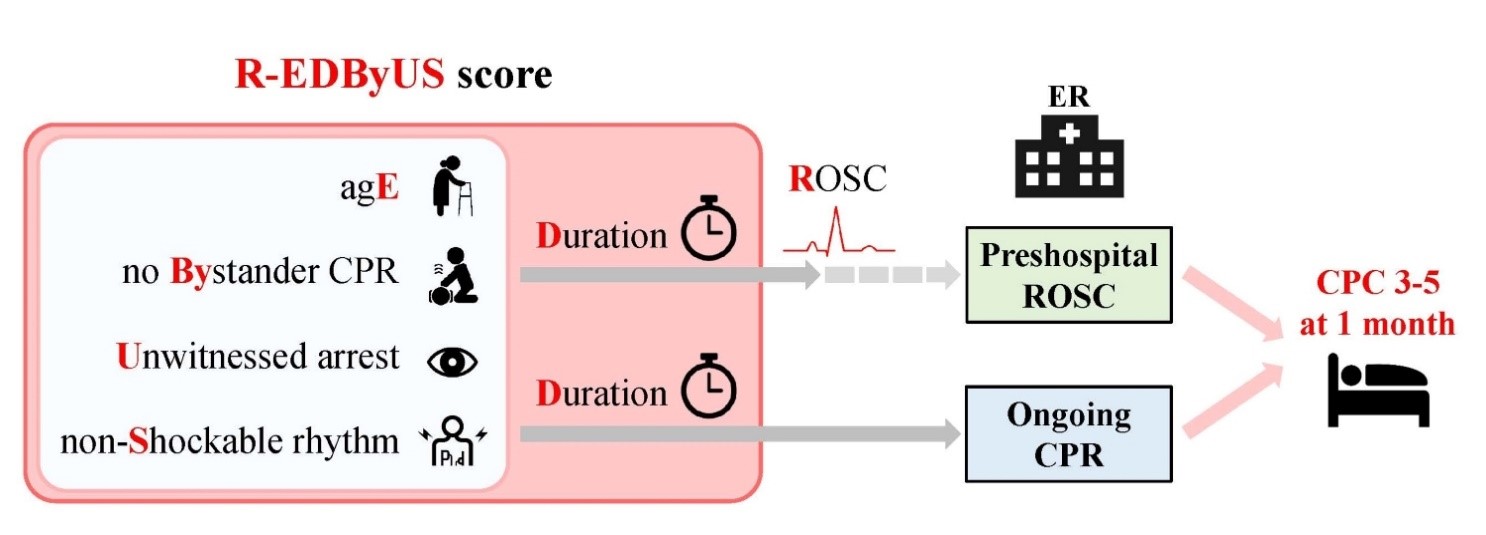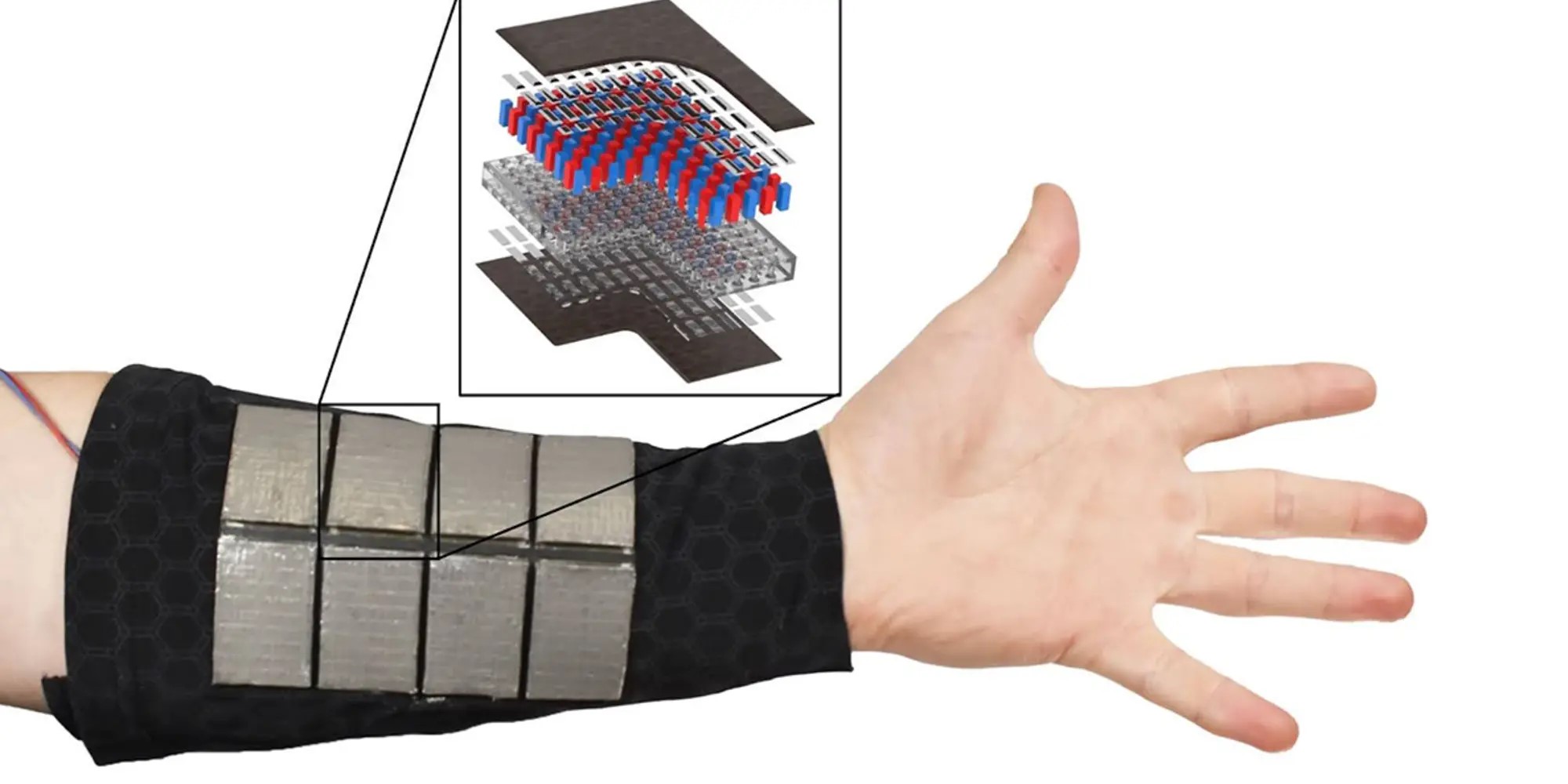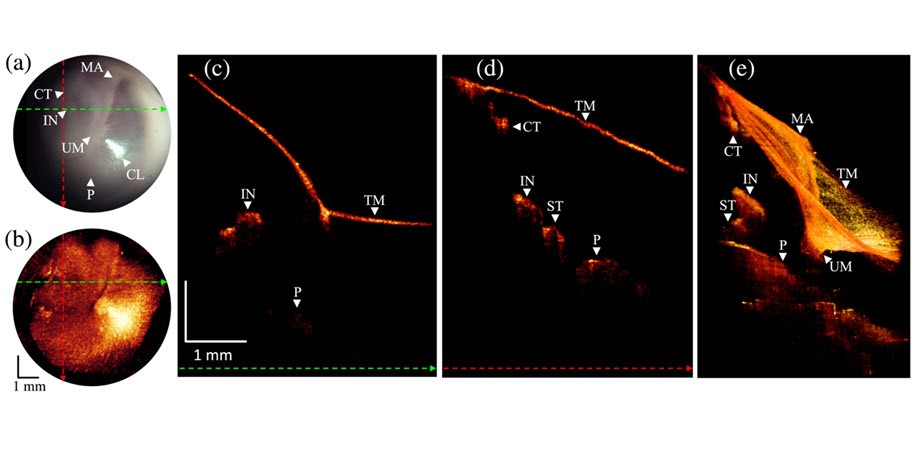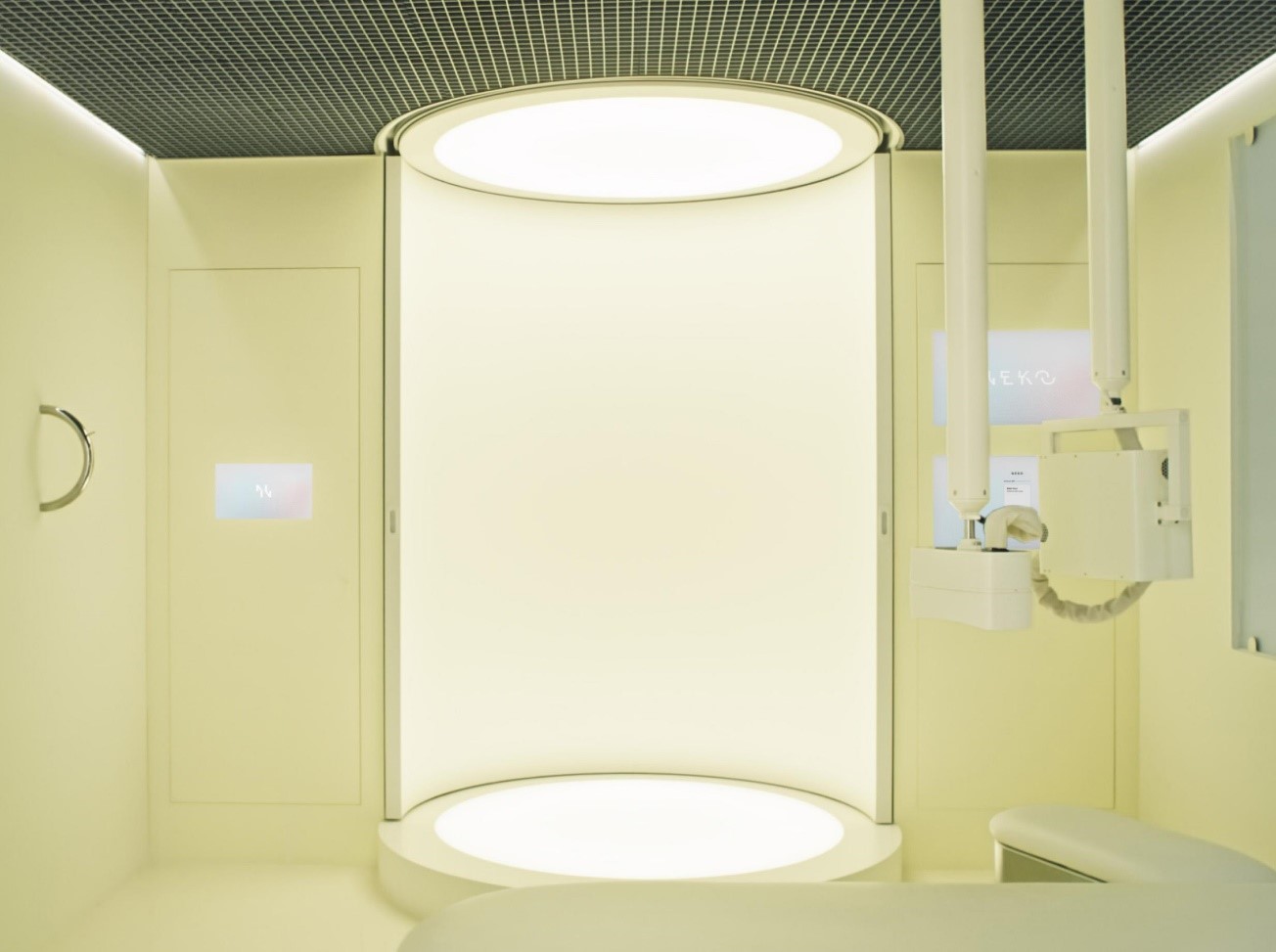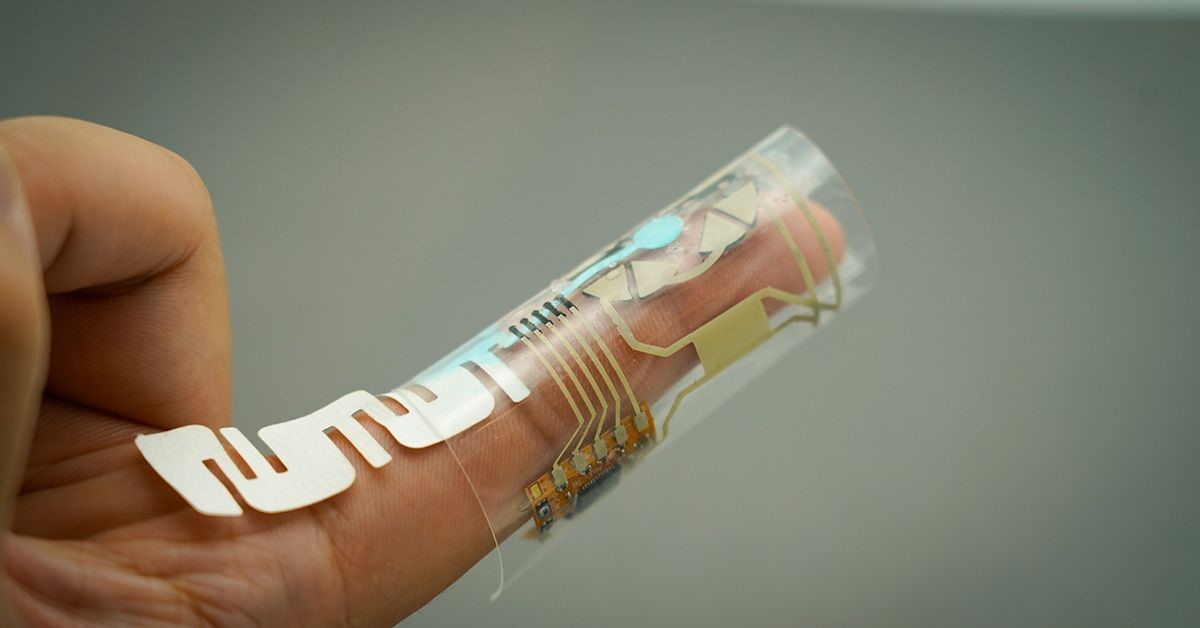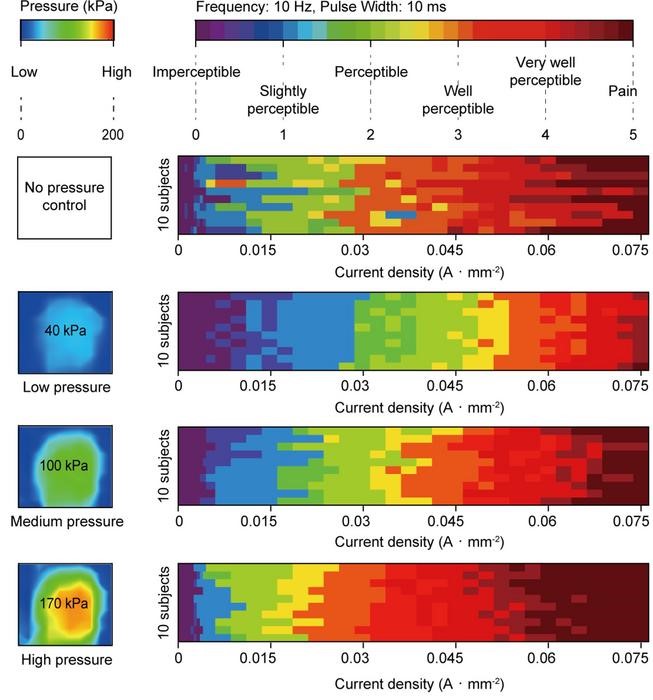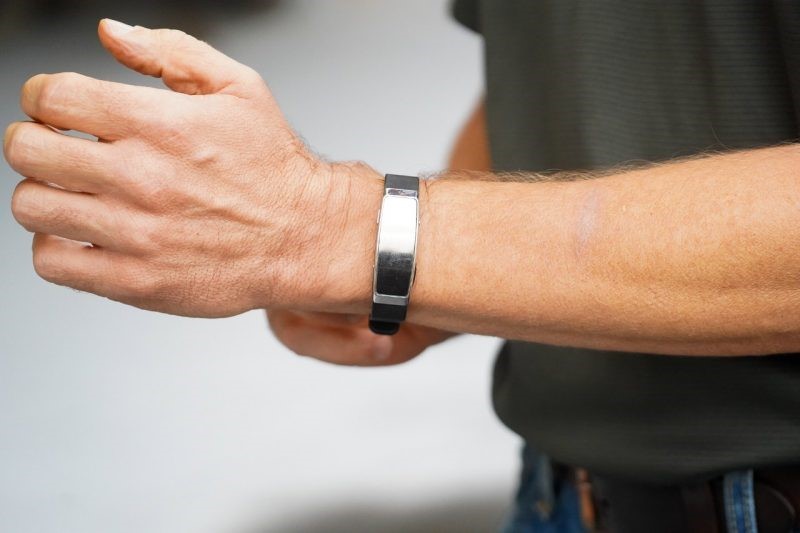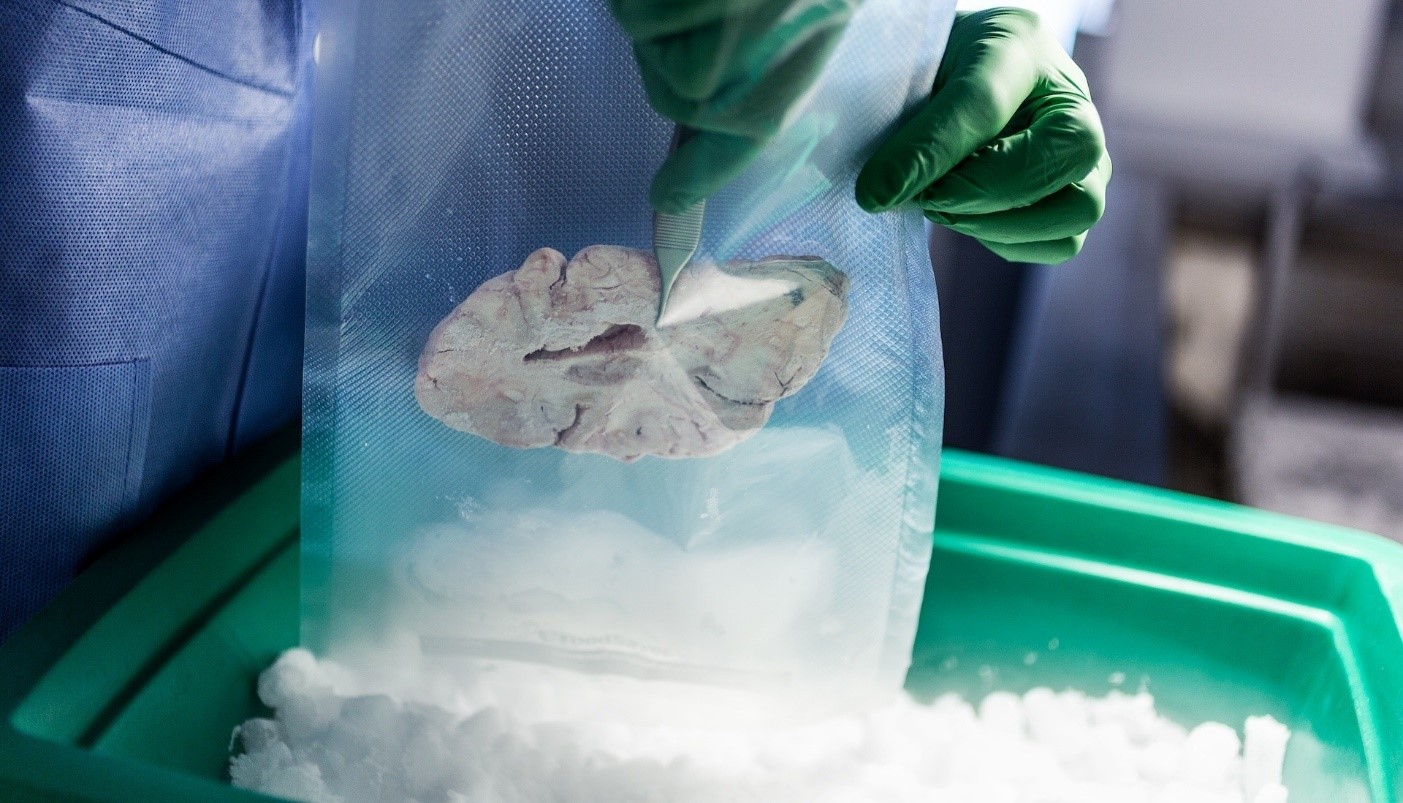Innovative Plaster Measures Biomarkers in Sweat for Non-Invasive Health Monitoring
Scientists at Nanyang Technological University, Singapore (NTU Singapore) have introduced a 'band-aid' or plaster designed to measure body 'biomarkers' from sweat, offering a new method for patients to monitor their health non-invasively. Human sweat contains biomarkers like glucose, lactate, and urea that indicate various health conditions and can be collected painlessly, making it ideal for daily monitoring, according to the NTU researchers.
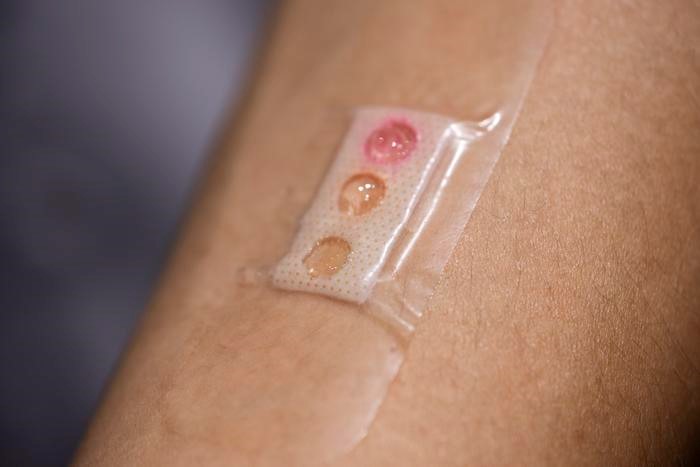
Figure 1. The Smart Plaster. (Credit: Nanyang Technological University)
Figure 1 shows the smart plaster developed by NTU Singapore researchers comprises microlaser sensors embedded in liquid crystal droplets. The sensors are customised to pick up three different types of biomarkers (lactate, glucose, urea). A different coloured liquid crystal dot on the plaster distinguishes each biomarker [2].
Instead of the traditional finger prick test used by diabetic patients to monitor blood glucose levels, the NTU team has developed a compact and flexible light-based sensing device [1]. This device, encapsulating a microlaser in liquid crystal droplets and embedded within a soft hydrogel film, functions similar to a plaster and delivers highly accurate biomarker readings within minutes.
Assistant Professor Chen Yu-Cheng from NTU's School of EEE explained, "Our innovation represents a non-invasive, quick and effective way for diabetic patients to monitor their health. By combining a microlaser with a soft hydrogel film, we have demonstrated the feasibility of a wearable laser to provide a more pleasant health monitoring experience for patients."
The NTU researchers highlighted that their innovation supports healthcare needs in Singapore and globally, especially as diabetes prevalence rises. The research, published in Analytical Chemistry, aligns with NTU 2025, aiming to leverage innovative research for societal benefit.
The plaster device developed by the NTU team incorporates microlasers in liquid crystal droplets customized to detect three biomarkers—lactate, glucose, and urea—each distinguished by a different colored liquid crystal dot. When sweat interacts with the plaster, microlaser light emissions vary based on biomarker concentrations. Users can analyze these readings using a mobile app after shining a light source on the plaster.
In real-life experiments, the plaster successfully detected minute fluctuations in glucose, lactate, and urea levels in sweat down to 0.001 mm, which is a significant improvement over current technology. This sensitivity allows for tracking a wide dynamic range of biomarker levels, providing comprehensive health information.
Nie Ningyuan, first author of the study and NTU PhD candidate, emphasized, "Our device is capable of detecting both the high and low range of biomarkers levels. This is particularly beneficial for diabetic patients as current similar health monitoring devices focus on tracking only high glucose levels, but not abnormal or low glucose levels, which may indicate other health complications. In comparison, our device will provide a clearer picture of the users’ health condition with a variety of readings captured."
Dr. Lin Chun-Hsien, an independent expert from National Taiwan University Hospital, Taiwan, commented, "Diabetic patients need to frequently monitor their blood glucose level for their safety, for example, to avoid hypoglycaemia, which is a condition where blood sugar level drops too low. As an endocrinologist, I often come across patients who fear pain and bleeding when using the finger prick test. I am hopeful that this laser-based, non-invasive wearable device developed by the NTU Singapore team can provide a more convenient and effective way to monitor patients' blood glucose. Its ability to measure other biomarkers is also an added bonus, which will offer more health data to the benefit of both patients and physicians." [1]
Moving forward, the NTU research team plans to enhance the microlaser sensors to detect a wider range of substances, including drugs and other chemicals found in sweat.
Source: Nanyang Technological University
References:
- https://medicalxpress.com/news/2024-07-scientists-bandage-glucose-microlaser-technology.html
- https://www.eurekalert.org/news-releases/1050521
Cite this article:
Hana M (2024), Innovative Plaster Measures Biomarkers in Sweat for Non-Invasive Health Monitoring, AnaTechMaz, pp. 271


